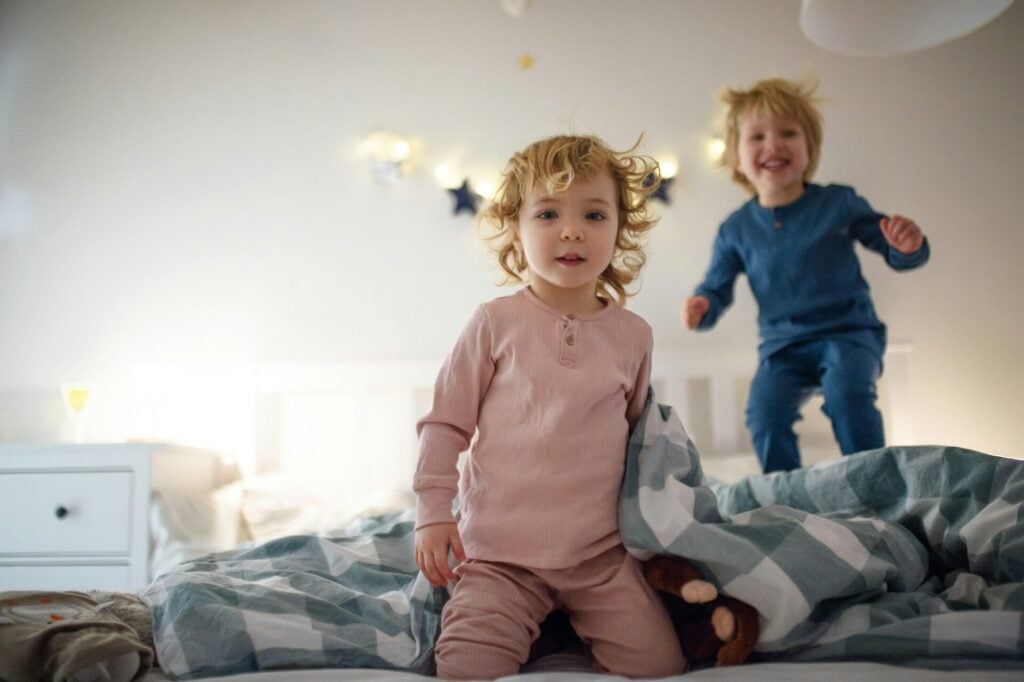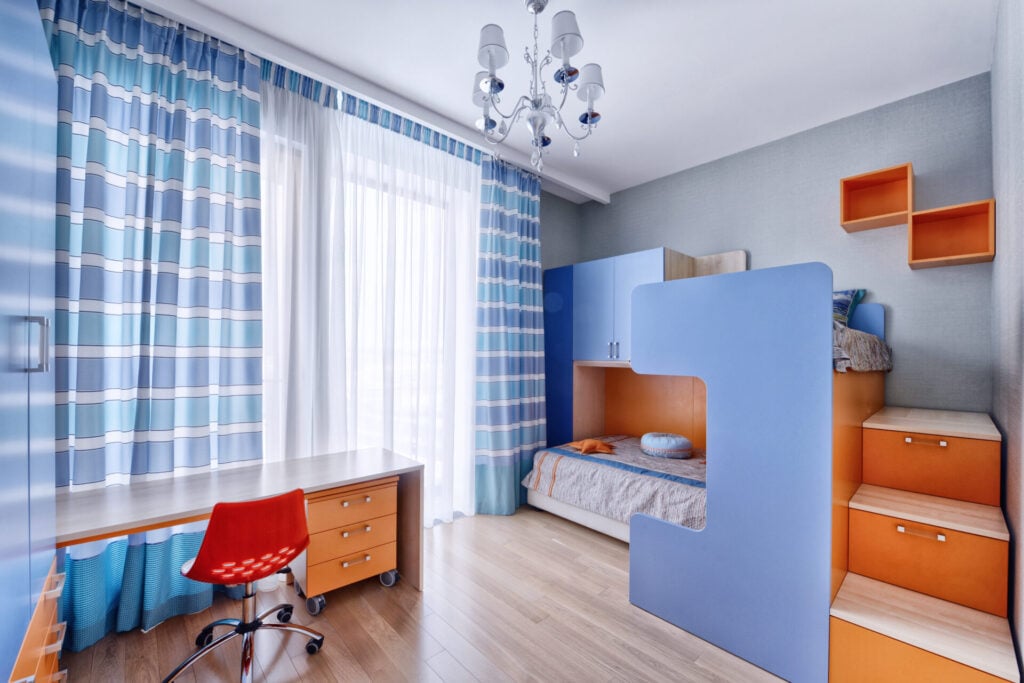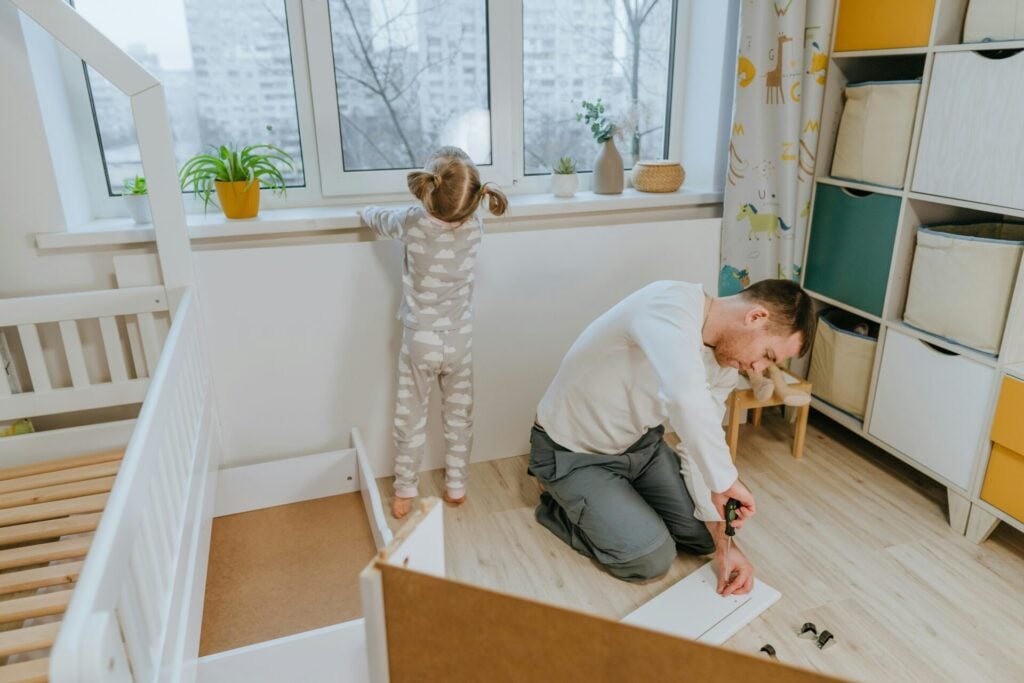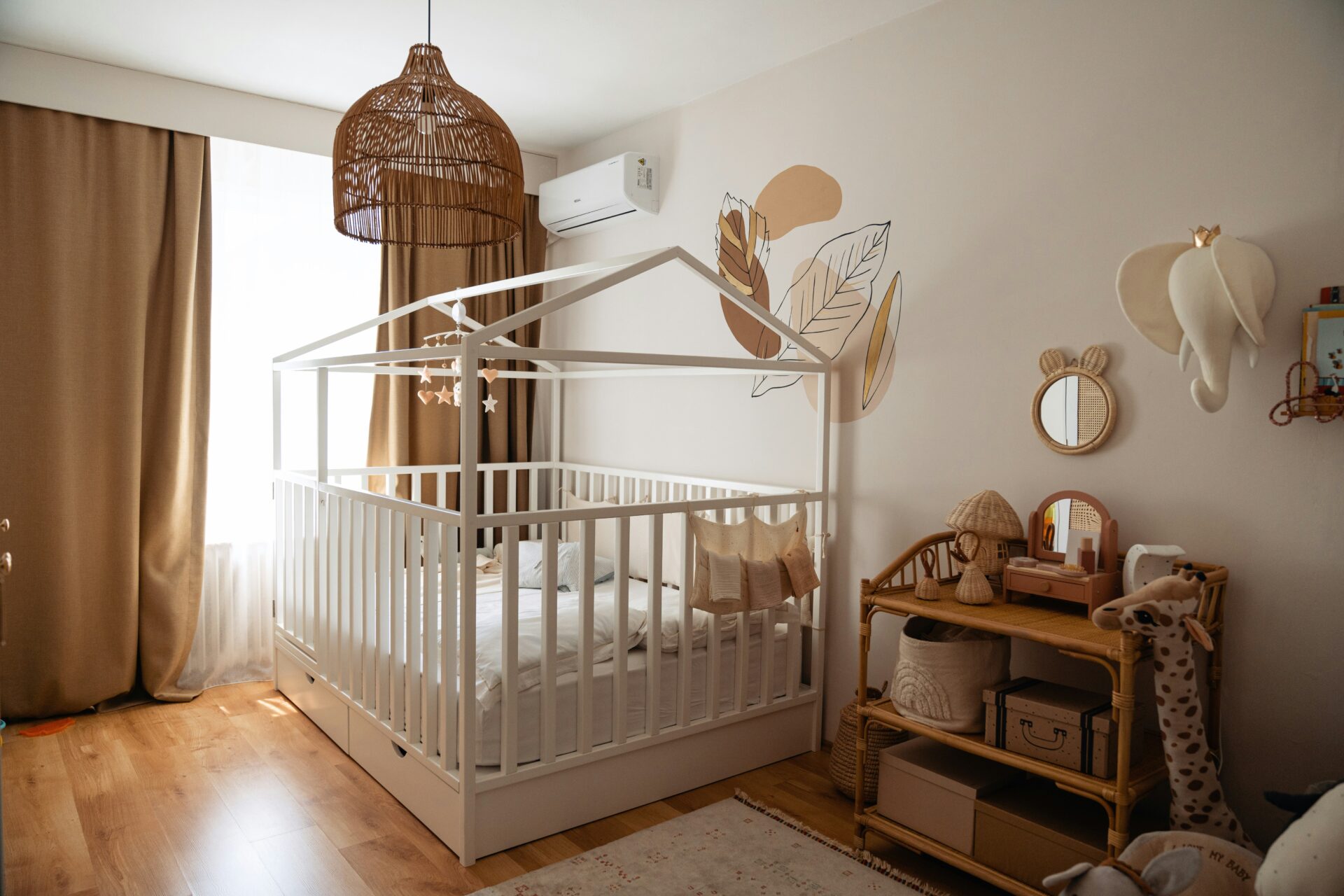If there’s one universal experience all parents share, it’s that kids outgrow everything, from clothes
and shoes to beds and storage. It’s like they somehow shrink overnight. So, when it comes to kids furniture, most parents start debating whether to buy something affordable now and replace it later or finally invest in pieces that grow with their child. With a bit of planning, you can turn your kid’s room into a space that evolves with them.
Here’s how to choose kids furniture that stays functional and structurally alive for years to come.
Start with Scalable Basics

When your kid is obsessed with dinosaurs or unicorns, it’s tempting to buy the themed beds. But the problem with theme furniture is that it has a very short shelf life. A better approach is neutral,
timeless base furniture. Think solid colors, simple lines, and materials that hold up well. You can still make the room feel imaginative with a bit of creativity and changeable items like bedding, stickers, or lamps. This way, when your child suddenly changes interests, you won’t have to replace furniture.
Kids use their beds as trampolines or their desks as scientific experiment zones. And to survive this, you need materials that aren’t afraid to handle anything.
Choose Durable Materials

Kids don’t just use furniture, but they also interact with it. You’ll see them using their beds as
trampolines or their desks as scientific experiment zones. And to survive this, you need materials
that aren’t afraid to handle anything. Look for solid wood or high-quality engineered wood, rounded edges to save the toes, sturdy joints, and scratch-resistant finishes. Anything that advertises itself as lightweight is usually not an ideal choice.
Prioritise Multi-Functional Pieces

Furniture that does one job rarely survives childhood. The best pieces are those that do more than
one job, such as beds with built-in drawers, which are perfect for toys early on and clothes later.
Similarly, convertible desks that adjust in height, shelving with removable dividers, and benches that double as storage are great examples. You can also get a kids double bed to leave enough space for growth spurts or siblings sharing a room.
Think of Smart Storage

If your home is small, smart storage is basically a survival tool. Look for stackable bins for toys,
labeled drawers that kids can manage themselves, wall-mounted racks for school bags or jackets,
and closet organisers to make every closet more useful. Most importantly, get furniture that makes storage accessible to kids. If they can reach it, they’re far more likely to use it instead of creating clutter or crowding the floor space.
Consider Future Mobility
You may want to rearrange the room in the future, switch siblings between beds, or move houses
entirely. Heavy furniture that is hard to lift can make things frustrating later. So, prioritise pieces that are easy to disassemble and reassemble without damage, light enough to move with two adults, and designed with hardware that lasts. Durable doesn’t have to mean immovable.
Parenting may be hard, but the furniture doesn’t have to be. With durable materials, multi-
functional designs, and a layout that grows with your kids, you can build a room where they evolve
freely.









